From sheep to shops: the journey of wool fabrics and clothing
Learn how wool is grown and processed to make fabrics and garments
Ever wondered how wool becomes the clothes you buy and wear? Then you are in the right place, as through this blog post we will deeply explain how all of this happens. Let's unveil the journey of wool fabrics and clothing - from sheep to stores.
Globally renowned for its amazing features, wool has earned widespread acclaim. Its adaptability spans a broad spectrum, and its utilization varies based on factors like the fineness of the fiber, as well as characteristics such as fiber length and crimp. Extremely fine wool finds its primary application in clothing (encompassing luxurious fashion, high-performance activewear), while coarser wool is employed in the creation of carpets and furnishings, like curtains or bedding.
This time we will focus on the clothing part, focusing on textile manufacturing: this fleece turns into garments through a a timeless and intricate journey, often overlooked, which is a great mix of nature, craftsmanship, technology and innovation.
Here’s an index of the journey of wool fabrics and clothing, from sheep to stores:
Farming and shearing
Skirting
Scouring
Carding
Spinning
Weaving/knitting
Dyeing and finishing
Garment-making and selling
#1 Farming and shearing
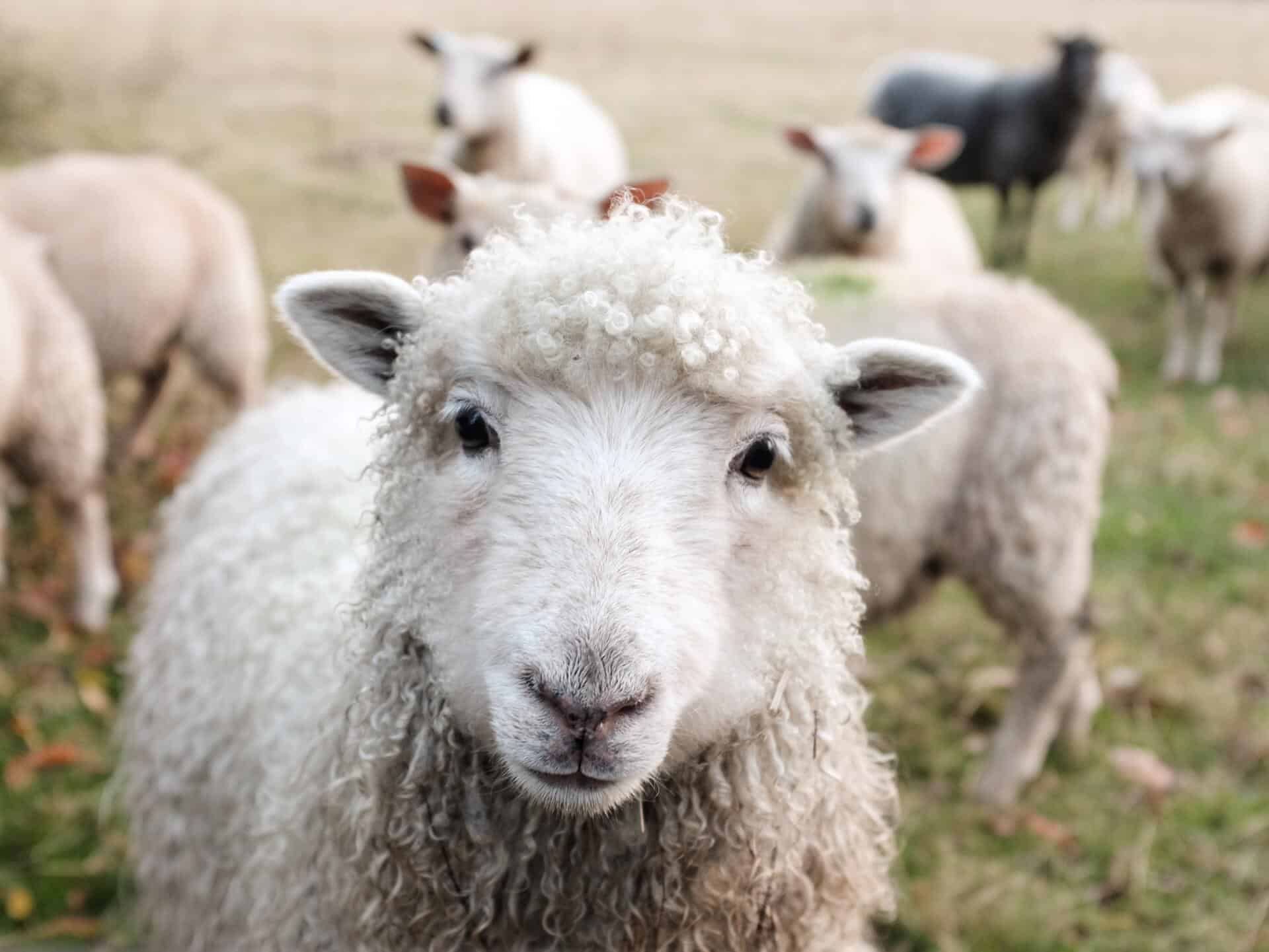
Woolgrowers engage in a multitude of activities to oversee their sheep and pastures, ensuring the production of ample wool, while maintaining the health of their livestock and natural resources.
Land plays a key role for this, and it correlates directly with factors such as water availability, topography, local weather patterns, and proximity to markets. The global sheep population has reached more than 1 billion, with China having the highest number of heads, followed by India and Australia. Sheep generate wool with a simple bled of grass, air and sunshine, and once a year they are sheared, in order for us to harvest the raw material for some of the most sought-after garments.
Shearing is a crucial step, demanding precision and expertise to avoid hurting the animal, and maximize both the quantity and quality of the wool. Shearing is not just a craft; it’s an art form that connects the human hand to the animal in a respectful partnership.
According to the IWTO, on average, a single sheep yields approximately 4.5 kg of wool per year, equivalent to over 10 meters of fabric. This amount of wool can be utilized to create six sweaters, three suit and trouser combinations, or cover a large sofa. The global sheep population has reached more than 1 billion, with China having the highest number of heads, followed by India and Australia.
#2 Skirting
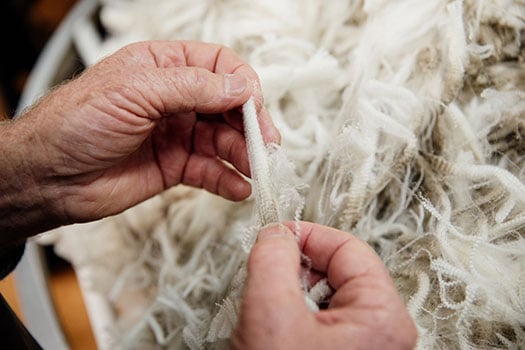
Following shearing, before the wool can be acquired, it must undergo the skirting process. While this step may be one of the messiest, it holds paramount importance.
Wool skirters meticulously inspect each fleece by hand, meticulously eliminating any contaminants such as tags (from around the tail and bottom side of the fleece), bellies (the very short fibers around the sheep’s belly), and environmental debris like twigs and burrs. Additionally, during this process, the fleeces are sorted based on various criteria, including the differentiation between fine and coarse wool, as well as short and long fibers.
#3 Scouring
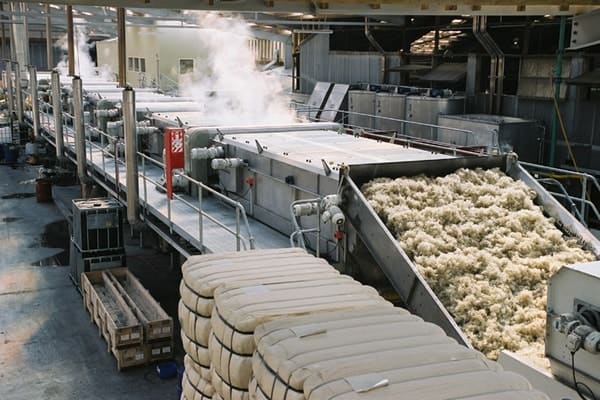
After the skirting, there’s a thorough cleansing process called scouring or washing, aimed at eliminating grease and dirt from the fleece.
Greasy wool, freshly shorn from the sheep, is laden not only with lanolin-based grease but also other contaminants like suint, dirt, dust, and sand. The presence of contaminants, approximately 35% to 40% of the total fleece weight, is influenced by factors such as the grazing terrain and environment of the sheep.
This process involves feeding the greasy wool into a machine that transports it through a series of bowls, usually 6 to 8, filled with wash liquor. The initial bowls use warm water containing detergent and sometimes an alkali to remove water-soluble compounds like wool grease. The subsequent bowls contain fresh water for thorough rinsing. Following scouring, the loose wool undergoes continuous drying and mechanical beating to eliminate water-insoluble compounds such as sand and dust not completely removed during scouring. Achieving high-quality scouring involves effectively removing various contaminants while minimizing fiber entanglement or felting.
#4 Carding

After the shearing, skirting and scouring, fibers are dried and undergo a process called “carding”, which is a mechanical process that help untangle the locks and clumps of wool, separate the wool into individual fibres, remove vegetable matter, partially align the fibres, form the fibres into a sliver (untwisted, rope-like strands of fibre).
#4 Spinning
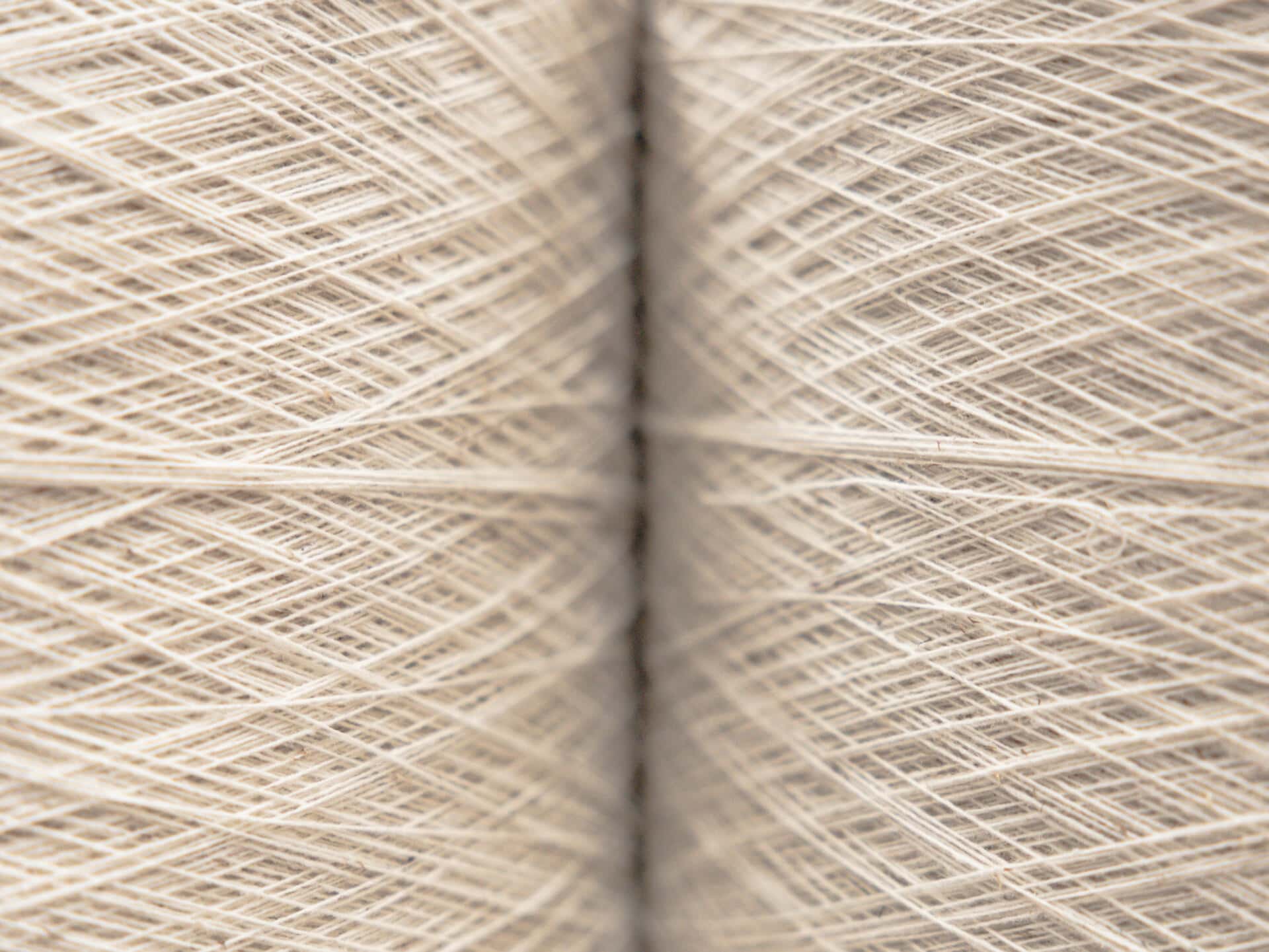
The journey of wool involves a shift from its raw fiber form to yarn, achieved through either the woollen or worsted processing system (Read more on What is the difference between Worsted and Woolen textiles?).
The carding anticipates the process that makes our two different kinds of wool take two different ways: the “Combing”. During this phase, wool fibers are processed with a pinned cylinder that straightens long fibers and remove shorter fibers (approximately 10% of the entire quantity), which are not considered as waste, on the contrary.
From this point on, long and uniform wool fibers will go through the worsting process, while shorter wool fibers (also called “noils” or “blouses”) go through the woolen processing. These two spinning processes give life to different products.
*Shorter wool fibers for the woolen processing usually undergo another cleansing process before spinning, it is called “Carbonising”. The process aims to remove all plant matter from the wool, making it suitable for carding and spinning. Wool is first washed and then treated with a diluted sulphuric acid solution. The acid primarily affects the cellulose-based vegetable matter, which is then baked or carbonised at high temperatures. The wool is then rinsed, neutralised, and washed in a soap solution to soften it and achieve a suitable pH level.
#5 Weaving/knitting
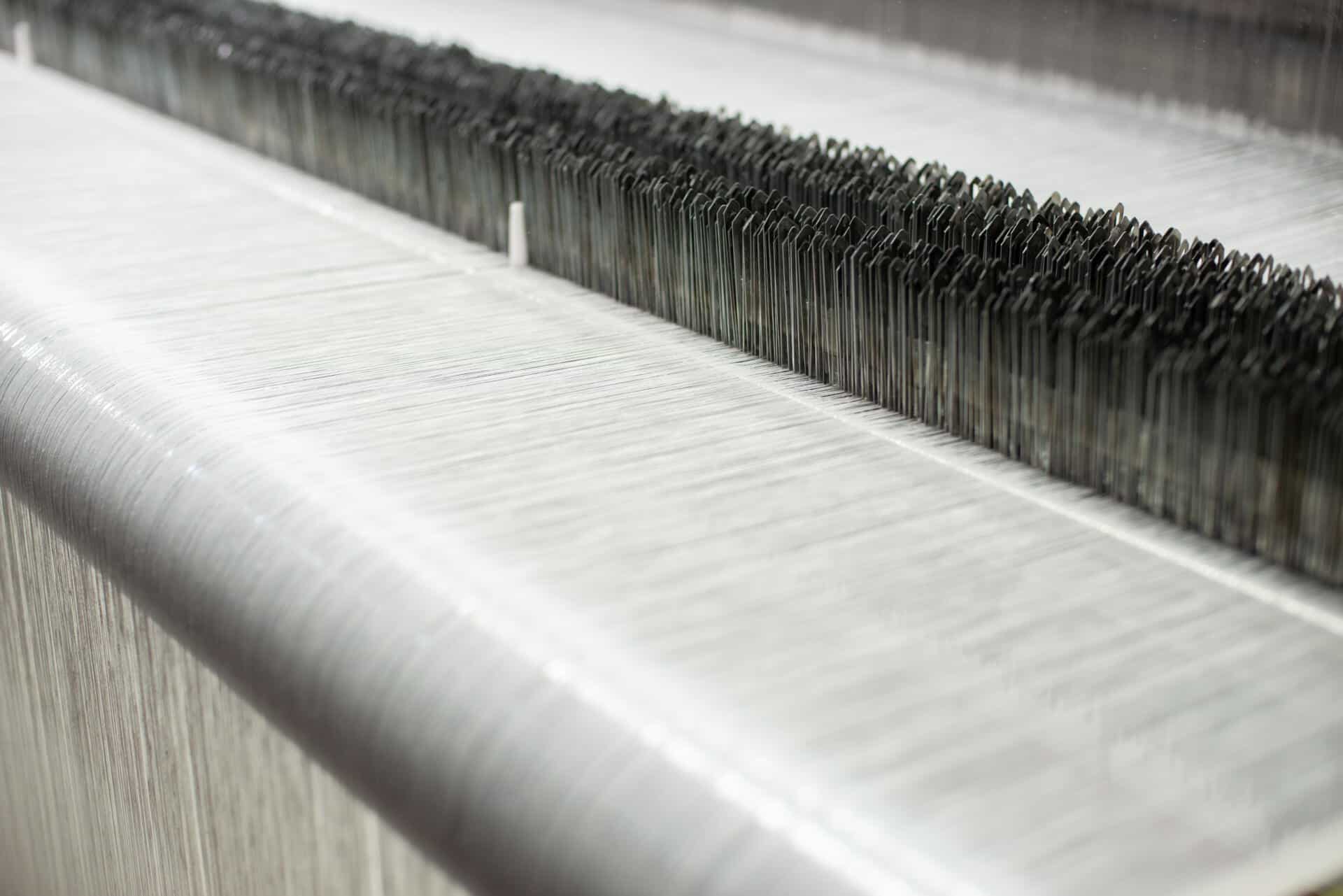
Once we have the yarns ready, they can take three different ways. They can be directly turned into sweaters and base layers, they can be woven into fabrics or knitted into jersey fabrics.
#6 Dyeing and finishing

Both these phases take place at the finishing mill (most of the times). Dyeing is a versatile aspect in the wool manufacturing journey, no matter if the wool undergoes the woollen or worsted process, and weaving or knitting. Wool can be dyed at various stages, including the fiber, yarn, fabric, or garment stage. Once dyed, greige fabrics, which are typically not readily usable, undergo transformative processes that elevate their appearance, performance, and handfeel. The wool fabric experiences a series of wet and physical treatments, including fulling, tumbler washing, KD, raising, brushing, among others, tailored to achieve the desired final look specified by brands or chosen by the textile mill.
#7 Garment-making and selling

The journey culminates in the skilled hands of tailors and seamstresses, who transform the woven/knitted fabric into garments, which are then labelled, marketed and sold to customers all over the world! From farms to fashion runways, would you have ever imagined such an Odissey?
Since 1943, Manteco® has always turned both virgin and recycled wool fibers into premium quality textiles
After decades in the fashion world, in 2018, we have created the Manteco Academy project, through which we give webinars, in-person lessons and workshops on eco-design, circular economy and sustainability to numerous fashion schools, technical universities and brands worldwide. Thanks to this educative commitment and our heritage, we are often invited as guest speaker at events, panels, podcasts and conferences about sustainable fashion and circular economy.

